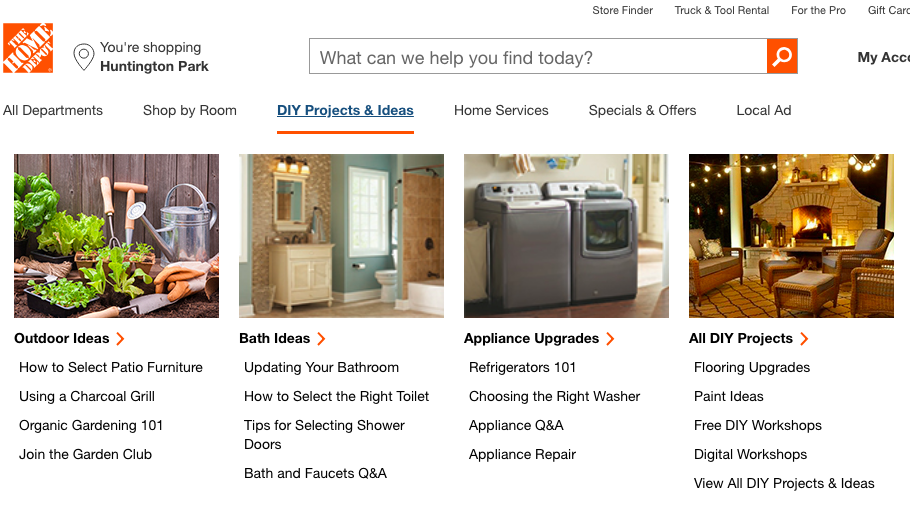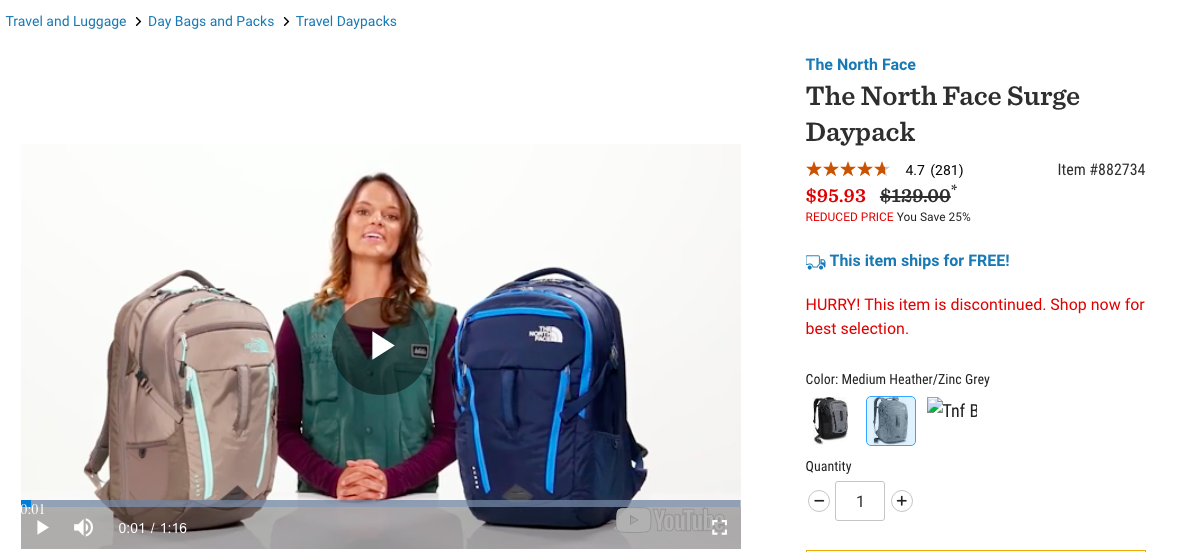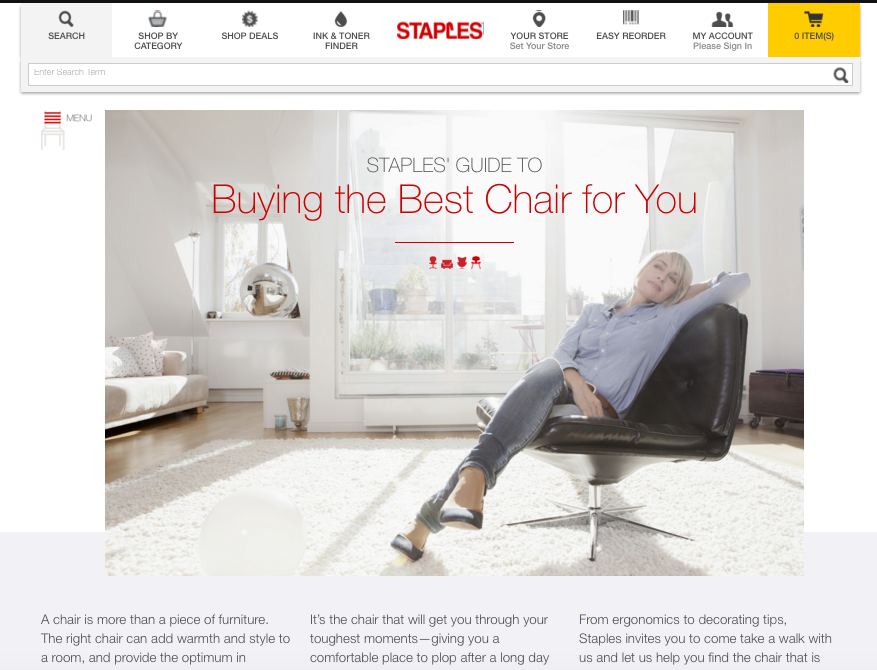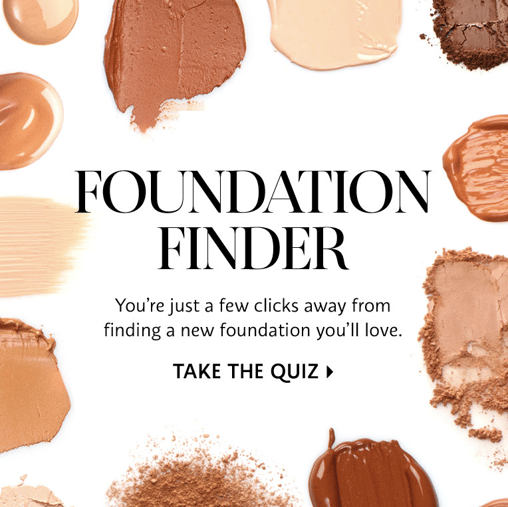Amazon’s dominance is growing. They’re projected to be the first $1 trillion dollar company within the next 12 months. Amazon has the power to shatter company stocks with just a press release, and 64% of American households have an Amazon Prime membership while 56% of all product searches begin on Amazon.
As consumers, we love shopping from them. Free two-day shipping, low prices, efficient checkout. It’s easy to see why they’re dominating. As business professionals, we wonder how can we compete. At Seer, our clients regularly approach us with the same question. How can we compete with Amazon?
There’s no one specific answer, but many companies are competing where Amazon isn’t investing: Guided selling.
Guided selling is the process of creating content or tools to help users make purchasing decisions. There are many types of guided selling, which we'll explain here.
Benefits of guided selling
Outside of providing a competitive advantage over Amazon, investing in guided selling boasts many benefits:
Minimize user friction (in a different way than Amazon)
Amazon is focused on quantity and speed. They have a vast amount of products in every category and allow you to quickly check out once you find the right product. With a large number of products, a common pain point is what product to choose.
Outside of detailed product pages, there is no content available that’s used to compare products, educate buyers and help users select a product from the base selection.
Brands investing in guided selling have a competitive advantage over Amazon because they build trust with users by understanding and solving their problems. Guided selling helps users decide what product they should buy based on their needs and what's right for them.
Increase organic traffic
Guided selling and content assets can significantly contribute to your organic traffic goals. We’ve seen huge boosts in non-branded organic traffic for our clients who have invested here. One of our retail customers recently invested in two buying guides which resulted in an additional 20,000 organic visitors with entry to the buying guide pages in the first nine months.
When increasing organic traffic is a goal established from the beginning there are many strategies and tactics that can be executed. Brands can select specific topics with the most visibility, optimize for targeted keywords and understand the competitive landscape.
Lead users through purchase funnel
Guided selling leads users through the funnel through education. In many instances, users are trying to understand what type of product they need. They could be looking online for a shade of lipstick that complements their skin tone, the right type of chair for their office or trying to figure out what type of backpack they need for a hiking trip.
In these instances, customers traditionally would turn to in-store sales reps to answer these questions. Brands are working on sourcing the information and putting it online where it’s more accessible to the masses.
Conducting audience interviews with both sales associates is one method for gathering information on 1:1 interactions and sharing them in a scalable way.
Sharing this information helps move users through the purchase funnel and connect them with the information needed to make an informed decision.
Types of guided selling
There are many different ways that brands can assist users through guided selling. Top brands such as REI, Sephora and Home Depot have excellent guided selling strategies through identifying customer pain points and solving them through content.
Most of these brands employ multiple guided selling strategies to provide comprehensive user support instead of focusing on only one type of content.
Product finders
Product finders are a great way to deploy mass personalization. Product finders often ask questions of users to help provide personalized results based on their needs. The beauty industry has embraced product finders with many brands, including Sephora creating multiple products finding quizzes for the foundation, makeup brushes, skincare, and fragrance. Around 74% of beauty brand websites leverage a diagnostic tool.
How-to
A how-to is a way for brands to teach users how to use their products. This is another popular category for beauty and is prominently seen in home improvement stores.
Brands like Lowe’s and Home Depot have invested in DIY content to help users understand what products they need and how to use the products they purchase. Sephora and similar beauty companies direct their customers to how-to guides for applying makeup, dying hair, and other cases that are specifically used to teach users.
Video
Many brands are turning to video to explain their products in more detail. They allow you to better engage with products in a way that’s more dynamic than a photo.
One brand, Stacks & Stacks, found that "a consumer who views a product video is up to 144% more likely to add that product to her cart than a consumer who watches no video."
REI and Zappos are other prominent brands that have invested in video. Zappos was an early investor, creating more than 200,000 videos by 2012.
Videos have allowed brands to connect with their audience while increasing engagement and conversion rates. Videos bridge the gap between the online and in-store experience and will continue to be a tool used by brands.
Buying guides
Buying guides are content aimed to help users make a purchasing decision. From comparison guides, detailed information around customer pain points, and even blogs, buying guides come in many formats.

Successful buying guides incorporate users pain points, questions, and concerns to answer them. Audience research is the foundation of buying guides fully understanding both the problems and solutions for building an asset in the most valuable way.
Seer’s clients have invested in buying guides, with one client earning more than $120,000 in last touch revenue between their two assets and 20,000 new organic sessions.


